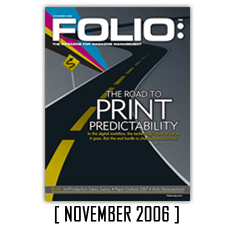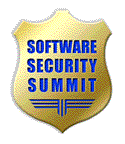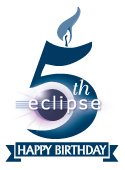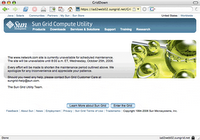 My first impression of Benjamin Netanyahu, former prime minister of Israel, is “Wow, this guy’s really smart.” That impression stayed with me through his nearly two-hour presentation in Palo Alto yesterday (Nov. 12). His appearance was sponsored by Silicom Ventures, a venture capital investment group.
My first impression of Benjamin Netanyahu, former prime minister of Israel, is “Wow, this guy’s really smart.” That impression stayed with me through his nearly two-hour presentation in Palo Alto yesterday (Nov. 12). His appearance was sponsored by Silicom Ventures, a venture capital investment group.
Netanyahu spoke eloquently on a number of topics, focusing on the amazing turnaround in the Israeli economy over the past four years. After the collapse of the U.S. stock market after the bubble, Israel went into a tail-spin: the economy was shrinking, in real terms, at the rate of 1 ¼ percent annually. As finance minister for Arial Sharon from 2003-2005, Netanyahu’s goal was to prevent an Argentina-style collapse… which he said was only months away.
In his well-prepared speech, Netanyahu used a vivid metaphor to describe the state of the economy back then: a race where a fat man was riding on the shoulders of a thin man. The thin man is the private sector, which drives the economy through industry, trade and investment. The fat man is the public sector, which redistributes resources and offers services for the common good.
In Israel, Netanyahu said, the thin man was very thin, crushed beneath high corporate taxes and crippling government regulation. Meanwhile, the fat man was obese, due to powerful unions, protectionist policies, and welfare rolls which supported people who are able to work, but who simply didn’t want to.
Public sector spending in Israel in 2002, he said, was 56 percent of GDP, compared to 41 percent as a world average. And it was getting worse.
The recipe for the turn-around, Netanyahu explained, was three-fold.
First, help the thin man gain strength by reducing marginal taxes rates, thereby encouraging investment and reducing the flight of capital to lower-tax countries. This, as the Laffer Curve shows, can increase total tax receipts (as long as you don’t reduce taxes too much).
Second, help the fat man lose weight by reducing public spending. A typical example, Netanyahu said, was outsourcing the management of facilities for the long-term disabled, which he claimed doubling service quality for half the price in some cases. He cited a period when Israel’s population grew by 40 percent, but the number of people on public assistance went up by 1500 percent.
Third, make the country more hospitable for business by getting rid of crushing regulations that made it difficult to start and grow business, gave too much power to unions and which inhibited competition. This was a short-term fix, he admitted; countries could get about a decade of fast growth by loosing regulations. However, Israel needed that fast growth to pull back from the abyss.
Netanyahu admitted that many of his reforms would be unpopular, particularly with Israel’s powerful unions. But speaking like an economist, he decided to “maximize the number of reforms per strike,” and crammed through 40 different rules changes. Yes, there was a four-month general strike – but the reforms survived, he said, and the Israeli economy is now very strong.
Netanyahu added that those reforms are a major reason why he’s no longer in the government.
Listening to Benjamin Netanyahu, I couldn’t help but be impressed by the quality of his intellect, and of his eloquence: If only THAT guy had been teaching my college economics classes…
The World
During the Q&A session, Netanyahu spoke briefly but passionately about world affairs. He was emphatic that the biggest global danger is that of Iran gaining nuclear weapons: “Militant Islam puts zealotry above survival,” he said, predicting that nukes from Iran might fall on Israel first, but would then be targeted at Western Europe and the United States, with a goal of destroying Western civilization and ushering an era of Islamic world domination.
The problems with Iraq and North Korea are much less urgent, he said, than stopping Iran. He called for preemptive action by the United States, but would not say explicitly what action he was recommending. But it was clear what he meant.
Z Trek Copyright (c) Alan Zeichick
 Because the American Thanksgiving holiday is happening on November 23, we’re not publishing our SD Times News on Thursday this week. So, no “Zeichick’s Take” column.
Because the American Thanksgiving holiday is happening on November 23, we’re not publishing our SD Times News on Thursday this week. So, no “Zeichick’s Take” column.

























